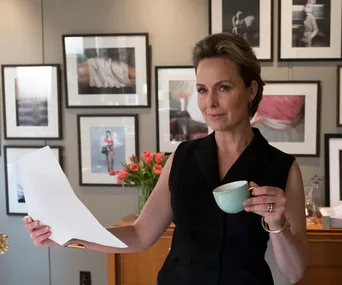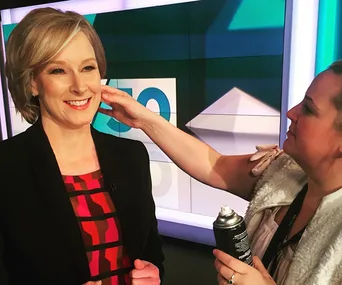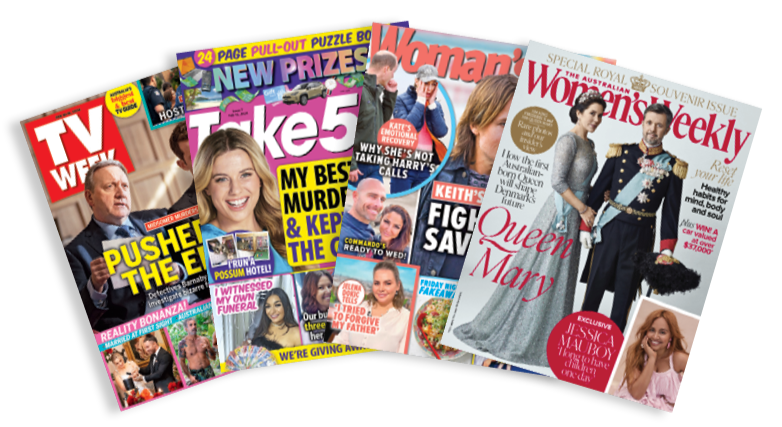‘To whom it may concern’ isn’t the best place to start, according to Stuart Gregor, the founder and director of creative communications agency, Liquid Ideas.
“Seriously, I still get that, who does that?” Gregor says. “I spend, on average, two minutes reading an application. If there’s no cover letter it gets binned right away, if there are mistakes it gets binned, if it’s generic it gets binned.”
It’s important to remember that bosses are busy.
A 2012 study found that recruiters spend an average six seconds reading a CV before they make the initial decision on whether a candidate fits the job. That’s if they even make it to the CV. A boring cover letter can stop them in their tracks – and not in a good way.
Jane McNeill, regional director of Hays recruiters in NSW, advises underlining key words in the job ad describing the skills, training and experience sought. This helps you to tailor your cover letter and CV to the role.
“It should be written so that the reader cannot possibly pass it over without opening the resume document itself,” McNeill says.

It may have worked on Legally Blonde, but focus on the content rather than gimmicks like scented paper.
(Image: Tenor)Describe what you would bring to the role, including a few relevant achievements from your previous two positions.
Be clear about how you can potentially solve the new job’s challenges and don’t be afraid to show some personality, but not so that it’s overwhelming.
In a previous job, Kylie Seccombe, the manager of careers at Virgin Australia, received applications by mail with chocolates or printed on scented paper.
“Candidates felt this would make their applications stand out and so would spend more effort and money on gimmicks, rather than the content of their cover letter and CV,” Seccombe says.
WATCH: The 10 people everyone has at their workplace. Post continues after video…
She suggests getting a feel for the tone and culture of the company by reading its website and media coverage.
“With iconic brands, candidates often think they know the culture of the brand, so they don’t do any research and this is where people let themselves down.”
When Yoke creative studio in Melbourne advertised for a designer, the account director, Pauline Dellit, and her colleagues received dozens of applications.
“We get some amazing letters – really clever, short, personalised. We tend to open those a lot quicker than a stock-standard cover letter,” Dellit says.

Clever, short and personalised cover letters tend to trump the stock-standard ones.
(Image: Getty Images)One particular cover letter that started with “Hey Yoke Design!” impressed Dellit. It was short, referred to the company’s blog, and briefly mentioned relevant experience. The writer was Clint Sutherland and he got the job.
Sutherland says he did a lot of research before he wrote the email and decided to send links to his portfolio, website and blog, instead of attaching enormous files.
“The design industry is also ‘cool’ in nature,” said Sutherland, “So I wanted to make sure I took a casual approach and kept the email short and sweet – which shows I know the industry is hectic.”
Finally, don’t forget to proof read.

Do your research and remember to proof read at the end.
(Image: Getty Images)Six top tips to help you nail that cover letter
Keep it short: one well-spaced A4 page max.
Use clear and concise language.
Address your letter to the right contact person.
Ensure your contact details are correct.
Refer to the position, why you’re applying and how your attributes match the role.
Proof read carefully.
For more tips on writing cover letters, check out SEEK’s website.



